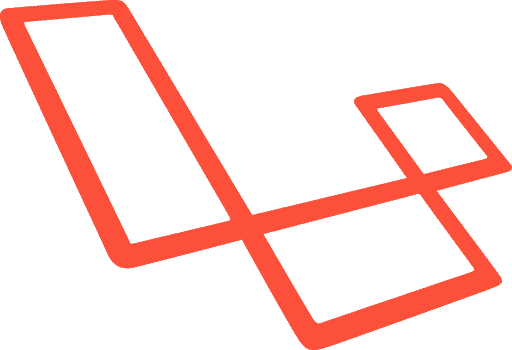EDR’s data enables $1 trillion in transactions per year and its clients include some of the world’s largest financial services companies. It wanted to automate some of its information sharing processes to save time and collaborate more effectively with its clients.
Our Work Involved
- Automation of data capture process for EDR’s clients
- Creating a web interface for EDR’s clients to retrieve information
- Refactoring legacy code by introducing microservices
- Migrating the EDR dev environment to Docker
Impact
- Reduced back and forth communication between data systems
- Saved hundreds of work hours for EDR’s clients
- Sped up deployment due to smaller codebases
- Increased scalability of EDR’s cloud based tools
With over two decades of experience delivering the most comprehensive environmental risk data in the United States, EDR provides data and workflow tools to manage all aspects of property due diligence and compliance.
EDR’s data enables $1 trillion in transactions per year and its clients include some of the world’s largest financial services companies such as Wells Fargo and JP Morgan. Many law firms, environmental professionals, insurance companies, and government agencies also rely on EDR to make informed decisions on real estate issues.
Modus and EDR have created an outstanding partnership over the years. Our consultants had previously led AWS deployment and Agile transformation at EDR. Here’s how Modus helped EDR introduce automation into their processes, significantly boosting their overall efficiency and increasing their client satisfaction.
Dynamic Data Capture
Dynamic data refers to information that is updated periodically. EDR’s clients captured it using forms based on their own templates.
- Before: The existing process of collecting information from the EDR site was complex and involved multiple people. EDR had simple forms where the lenders had to manually input the data provided by the vendors, in order to use them as proof of the findings. The entire process took days and was prone to errors because of the manual work involved.
- After: Engineers at Modus and EDR joined hands to fix this with extensive automation of the data capture process. The new solution, Dynamic Data Capture, introduced a live form that could be updated by both lenders and vendors. This reduced the need for external reports and manual entry of data by lenders. EDR’s clients were able to significantly reduce the processing time. The back and forth communication between systems was executed in milliseconds!
Online Review Memo
Review memos are documents with complex data that EDR created for its clients. This is a critical aspect of EDR’s service as this data helps clients make important decisions involving millions of dollars.
- Before: Clients would reach out to EDR to request the information. Review memos of the collateral were created by generating files based on fixed templates. These templates limited the content that lenders could input and prevented the active participation of the vendors.
- After: Modus created an easy-to-use web interface for EDR which allowed its clients to directly retrieve up to 90% of the data from the database. The new dynamic editor provided complete flexibility for the creation of online review memos. Lenders can still use basic templates to create reports faster. But they now also have the ability to add variables such as adding a completely new table using data capture with a single click.
The rationale behind both the changes was to optimize the process for EDR’s clients without compromising security or performance. Only the authorized users were able to access the information.
These solutions were a major win for EDR and its clients. Many of EDR's major clients were impressed with the automation.
Our Process
Our first step was to audit the existing code base. What the team found was that there was a tight coupling between three different apps, all built with an inefficient architecture. That resulted in a lot of redundancy between those apps. In addition to that, the applications were written for PHP 5.3, meaning the older code was a mix of SQL, HTML, CSS, JS, and PHP. The next steps were clear: improve the architecture and remove the coupling between the applications.
First, an update to the latest version of PHP was necessary. After the team had PHP 7 in place, they focused on the rapid creation of new REST APIs with the modern Laravel framework. This laid the foundation for a refactoring of existing code to bring it in line with PHP best practices. These updates left EDR with a codebase that was much easier to read and maintain.
Then, our engineers refactored EDR’s legacy code by introducing microservices. The modular architectural style of microservices helped in making EDR’s cloud-based tools more scalable. Smaller codebases also facilitated quicker deployment. Migrating the EDR dev environment to Docker laid the foundation for this change. The modernization process also allowed our team to uncover bugs and security threats from the older code. Selecting Laravel helped us quickly remediate security concerns caused by SQL queries, which had previously presented security concerns. As with every Modus Create project, the team documented every step of the way.
A Platform To Build On
With Laravel now deployed in a modern architecture, the team could take other steps to improve application usability and performance. In a follow-on project, A Modus team added VueJS, which greatly improved UI/UX.
Unleashing the Potential of Laravel
Laravel is an incredible, modern, and mature PHP web framework, and w it was used extensively to solve most of the challenges that we highlighted above. Laravel empowered us to deliver solutions at a record pace without compromising on security.
Would you like to explore how automation can save your business several hours of work every week? Schedule a call with one of our consultants today.
